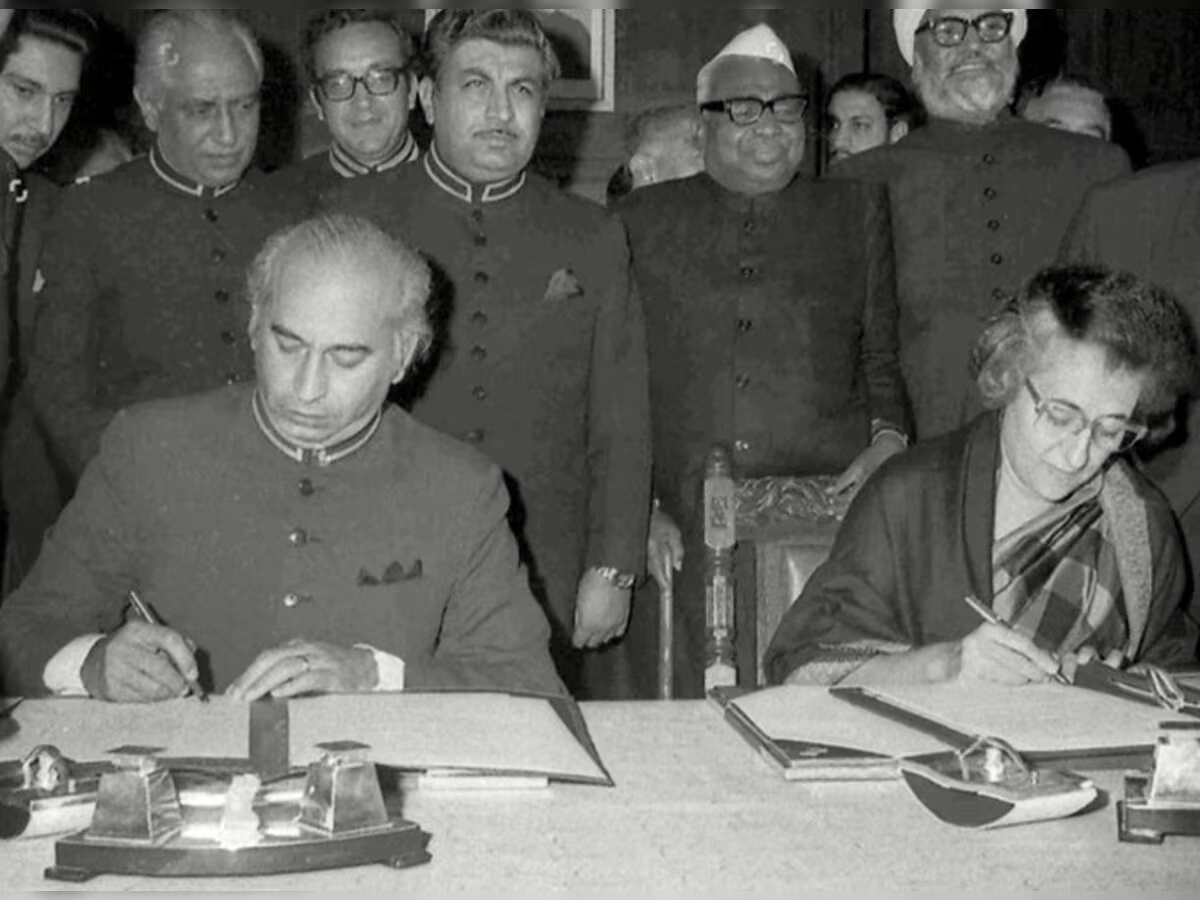- Courses
- GS Full Course 1 Year
- GS Full Course 2 Year
- GS Full Course 3 Year
- GS Full Course Till Selection
- CSAT
- 5 LAYERED ARJUNA Mentorship
- Public Administration Optional
- Online Program
- GS Recorded Course
- NCERT Batch
- Polity Module Course
- Geography Module Course
- Economy Module Course
- AMAC Module Course
- Modern India, Post Independence & World History Module Course
- Environment Module Course
- Governance Module Course
- Science & Tech. Module Course
- International Relations and Internal Security Module Course
- Disaster Management Module Course
- Ethics Module Course
- Essay Module Course
- Current Affairs Module Course
- ABOUT US
- OUR TOPPERS
- TEST SERIES
- FREE STUDY MATERIAL
- VIDEOS
- CONTACT US
India’s Deposit Insurer Overcharging Commercial Banks
India’s Deposit Insurer Overcharging Commercial Banks
04-09-2024

The Deposit Insurance and Credit Guarantee Corporation (DICGC) is facing scrutiny over its premium structure, which appears to disproportionately burden commercial banks while benefiting cooperative banks. This discrepancy has prompted discussions about the need to reevaluate the premium rates based on the risk profiles of different banking institutions.
How are Commercial Banks Being Overcharged?
-
Disproportionate Premium Burden
- Premium Distribution:
- Commercial Banks: Contribute 94% of the premiums but account for only 1.3% of net claims.
- Cooperative Banks: Contribute 6% of premiums but claim 98.7% of net claims.
- Claims Data:
- Commercial Banks: Gross claims amount to Rs 295.85 crore, with net claims of Rs 138.31 crore.
- Cooperative Banks: Gross claims total Rs 14,735.25 crore, with net claims of Rs 10,133 crore.
- Subsidization Issue: Well-managed commercial banks are effectively subsidizing the higher risks and claims associated with cooperative banks.
- Premium Distribution:
Implications of Overcharging
- High Compliance Costs: Uniform premium rates of 12 paise per Rs 100 insured impose high costs on commercial banks, potentially affecting their efficiency and profitability.
- Inequitable Risk Assessment: Commercial banks with lower risk profiles face higher premiums, undermining fair risk evaluation principles in insurance pricing.
- Financial Stability Impact: High premiums can lead to higher costs for depositors and borrowers, potentially resulting in higher loan interest rates and lower deposit returns.
- Encouragement of Poor Practices: By bearing the costs of cooperative bank failures, commercial banks might inadvertently support poor management practices within cooperative banks.
Key Facts About DICGC :
-
Overview
- Formation: Established in 1978 through the merger of Deposit Insurance Corporation (DIC) and Credit Guarantee Corporation of India Ltd. (CGCI) after the Deposit Insurance and Credit Guarantee Corporation Act, 1961.
- Governance: A fully owned subsidiary of the Reserve Bank of India (RBI).
-
Funds Managed by DICGC
- Deposit Insurance Fund: Provides coverage to depositors if a bank fails and goes into liquidation. Funded by premiums from banks.
- Credit Guarantee Fund: Offers guarantees to creditors if debtors default.
- General Fund: Covers operational expenses of DICGC, funded by surplus from operations.
-
Deposit Insurance Scheme of DICGC
- Coverage
- Insurance Limit: Depositors are insured up to Rs 5 lakh per account. Deposits exceeding this limit are not covered.
- Premium Rates: Premiums were recently increased from 10 paise to 12 paise per Rs 100 insured, with a cap at 15 paise.
- Payment Schedule: Banks pay premiums semi-annually based on deposits as of the end of the previous half year.
- Insured Entities
- Coverage: Includes all banks, regional rural banks, local area banks, foreign banks with branches in India, and cooperative banks.
- Exclusions: Primary cooperative societies, deposits of foreign governments, central/state governments, inter-bank deposits, State Land Development Banks, deposits received outside India, and amounts exempted by DICGC with RBI approval.
- Coverage
Need to Reevaluate Deposit Insurance Premiums
-
Proposal
- Premium Reduction for Commercial Banks: Suggested reduction from 12 paise to 3 paise per Rs 100 insured, potentially saving commercial banks around Rs 20,000 crore in FY26.
- Premiums for Cooperative Banks: Could remain at 12 paise or increase to 15 paise.
-
Benefits of Reevaluation
- Risk-Based Premiums: Aligning premiums with risk profiles ensures that insurance costs reflect actual risk, promoting fairness.
- Economic Efficiency: Lower premiums for commercial banks could enhance operational efficiency, benefiting the banking sector and its customers.
- Encouraging Good Management: Reducing the burden on well-managed banks supports better banking practices and financial stability.
Conclusion
The current premium structure of the DICGC appears to overcharge commercial banks while favoring cooperative banks, leading to calls for a reevaluation. Adjusting premiums based on the risk profiles of different banks could ensure a fairer system, enhance economic efficiency, and promote better banking practices.
Must Check: Best IAS Coaching In Delhi
UPSC Prelims Result 2024 Out: Expected Cut Off & Other Details, UPSC Prelims 2024 Answer with Explanation, Daily Prelims Quiz, Daily Current Affairs, MONTHLY CURRENT AFFAIRS TOTAL (CAT) MAGAZINE, Best IAS Coaching Institute in Karol Bagh, Best IAS Coaching Institute in Delhi, Daily Mains Question Answer Practice, ENSURE IAS UPSC Toppers, UPSC Toppers Marksheet, Previous Year Interview Questions, UPSC Syllabus




